Filter by
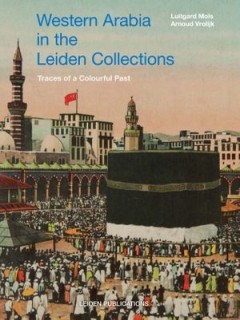
Western Arabia in the Leiden Collections. Traces of a Colourful Past
"In the late nineteenth and early twentieth century Dutch diplomats, scholars and travellers assembled unique collections in Jeddah, Mecca and Medina. The Dutch presence in Arabia, where they established a consulate in Jeddah, was intimately connected with the supervision of the annual pilgrimage to Mecca from the Netherlands East Indies, present-day Indonesia. Notable guests at this consulate …
- Edition
- -
- ISBN/ISSN
- 9789087282592
- Collation
- -
- Series Title
- -
- Call Number
- 297 MOL w
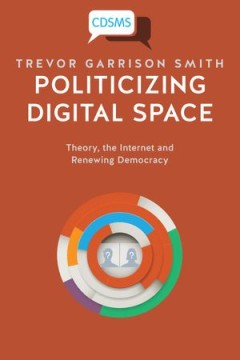
Politicizing Digital Space
"The objective of this book is to outline how a radically democratic politics can be reinvigorated in theory and practice through the use of the internet. The author argues that politics in its proper sense can be distinguished from anti-politics by analyzing the configuration of public space, subjectivity, participation, and conflict. Each of these terrains can be configured in a more or less …
- Edition
- -
- ISBN/ISSN
- 9781911534402
- Collation
- -
- Series Title
- -
- Call Number
- -
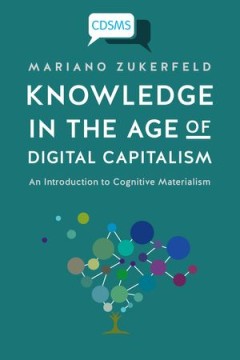
Knowledge in The Age of Digital Capitalism An introduction To Cognitive Mate…
Knowledge in the Age of Digital Capitalism proposes a new critical theory concerning the functioning of capitalism and how we consider knowledge and information. This ambitious book systematically and lucidly introduces contemporary phenomena into the framework of cognitive materialism to address some of the great themes of the social sciences: knowledge, exploitation and social class in an acc…
- Edition
- -
- ISBN/ISSN
- 9781911534242
- Collation
- -
- Series Title
- -
- Call Number
- -

Critical Theory of Communication New Readings of Lukács, Adorno, Marcuse, H…
"This book contributes to the foundations of a critical theory of communication as shaped by the forces of digital capitalism. One of the world's leading theorists of digital media Professor Christian Fuchs explores how the thought of some of the Frankfurt School’s key thinkers can be deployed for critically understanding media in the age of the Internet. Five essays that form the heart of th…
- Edition
- -
- ISBN/ISSN
- 9781911534044
- Collation
- -
- Series Title
- -
- Call Number
- -
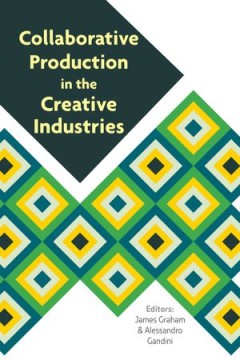
Collaborative Production in the Creative Industries
In recent years research into creative labour and cultural work has usually addressed the politics of production in these fields, but the sociotechnical and aesthetic dimensions of collaborative creative work have been somewhat overlooked. This book aims to address this gap. Through case studies that range from TV showrunning to independent publishing, from the film industry to social media pla…
- Edition
- -
- ISBN/ISSN
- 9781911534280
- Collation
- -
- Series Title
- -
- Call Number
- -
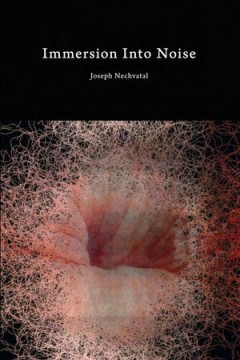
Immersion Into Noise
Joseph Nechvatal's Immersion Into Noise investigates multiple aspects of cultural noise by applying our audio understanding of noise to the visual, architectual and cognative domains. The author takes the reader through phenomenal aspects of the art of noise into algorithmic and network contexts, beginning in the Abside of the Grotte de Lascaux
- Edition
- -
- ISBN/ISSN
- 9781607852414
- Collation
- -
- Series Title
- -
- Call Number
- -
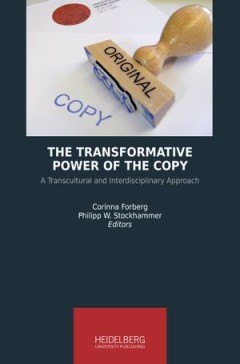
The Transformative Power of the Copy
This volume offers a fresh perspective on the copy and the practice of copying, two topics that, while the focus of much academic discussion in recent decades, have been underrepresented in the discourse on transculturality. Here, experts from a wide range of academic disciplines present their views on the copy from a transcultural perspective, seeking not to define the copy uniformly, but to r…
- Edition
- -
- ISBN/ISSN
- 9783946054146
- Collation
- -
- Series Title
- -
- Call Number
- -
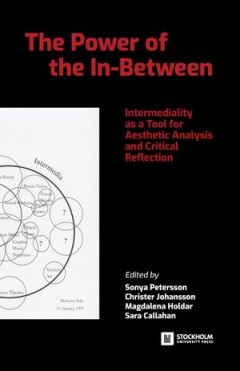
The Power of the In-Between
"The Power of the In-Between: Intermediality as a Tool for Aesthetic Analysis and Critical Reflection gathers fourteen individual case studies where intermedial issues—issues concerning that which takes place in between media—are explored in relation to a range of different cultural objects and contexts, different methodological approaches, and different disciplinary perspectives. The cases…
- Edition
- -
- ISBN/ISSN
- 9789176350645
- Collation
- -
- Series Title
- -
- Call Number
- -
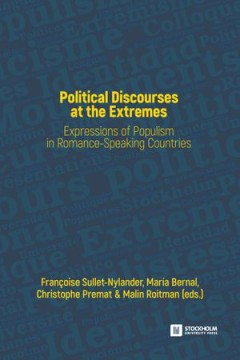
Political Discourses at the Extremes
"The authors of this edited volume focus on the emergence of populist discourses, coming from movements or parties from Romance-speaking countries in Europe and in Latin America. By combining linguistics, social and political sciences in a discourse analytical approach, the sixteen papers enlighten the mechanisms behind populist discourses yielding from different socio-cultural and political co…
- Edition
- -
- ISBN/ISSN
- 9789176350928
- Collation
- -
- Series Title
- -
- Call Number
- -
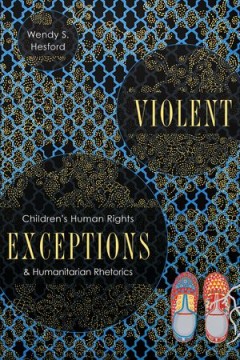
Violent Exceptions: Children’s Human Rights and Humanitarian Rhetorics
Violent Exceptions turns to the humanitarian figure of the child-in-peril in twenty-first-century political discourse to better understand how this figure is appropriated by political constituencies for purposes rarely to do with the needs of children at risk. Wendy S. Hesford shows how the figure of the child-in-peril is predicated on racial division, which, she argues, is central to both cons…
- Edition
- -
- ISBN/ISSN
- 9780814281178
- Collation
- -
- Series Title
- -
- Call Number
- 341.4 HES v
 Computer Science, Information & General Works
Computer Science, Information & General Works  Philosophy & Psychology
Philosophy & Psychology  Religion
Religion  Social Sciences
Social Sciences  Language
Language  Pure Science
Pure Science  Applied Sciences
Applied Sciences  Art & Recreation
Art & Recreation  Literature
Literature  History & Geography
History & Geography